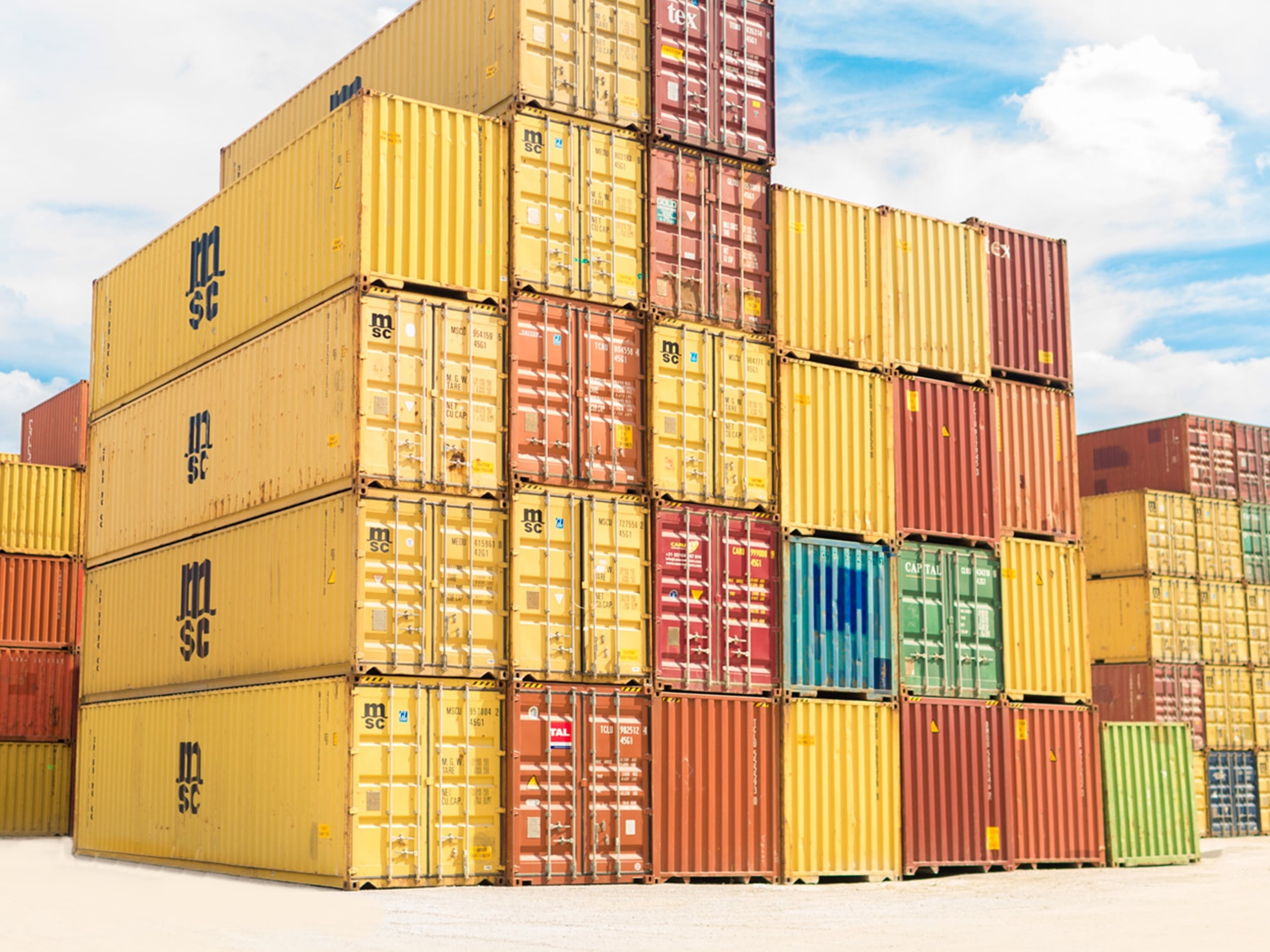23 September 2019
2 min read
#Transport, Shipping & Logistics
Published by:

The Australian Transport and Infrastructure Council recently released the first National Freight and Supply Chain Strategy (Freight Strategy), with goals and targets set out to 2024.
In the second of our four-part series taking a close look at the Freight Strategy’s four critical action areas we look at the topic of ‘enabling improved supply chain efficiency’.
The desired outcomes for this action are:
This action puts the focus on supply chains themselves and recognises that the Freight Strategy must focus on the whole of supply chain approach to planning and not just look at separate aspects in isolation. This is perhaps the greatest challenge of the strategy overall given the somewhat intangible nature of supply chains.
Supply chains bring together all aspects of procurement and logistics. They are international and domestic; proprietary, and private; involve transport, manufacture and storage; and rely on physical infrastructure, but increasingly rely on data transfer.
Supply chains are made up of multiple actors, often invisible to each other and in different disciplines and jurisdictions operating across different contractual and regulatory environments.
And yet they are critical to the operation of the Australian economy.
The Freight Strategy sets out four goals with respect to supply chains:
Like many industry sectors, the freight industry needs to engage with the broader community in which it operates to better explain its critical role and negotiate its social licence.
Click here to read our previous article on introducing the new Freight Strategy and first critical action, and here for our next part on the third critical action area: Better planning, coordination and regulation.
Author: Geoff Farnsworth
Disclaimer
The information in this publication is of a general nature and is not intended to address the circumstances of any particular individual or entity. Although we endeavour to provide accurate and timely information, we do not guarantee that the information in this newsletter is accurate at the date it is received or that it will continue to be accurate in the future.
Published by: